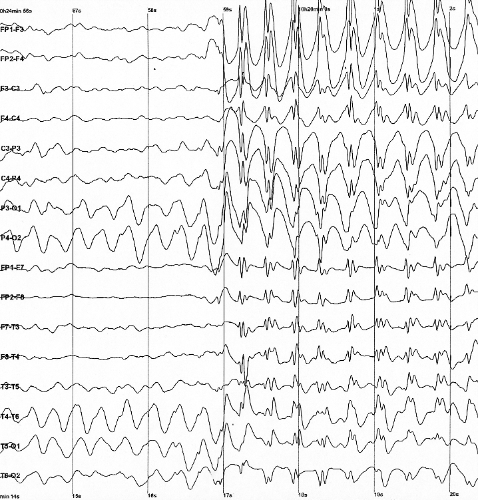Early detection of epilepsy in children possible with deep learning computer science technique

Early detection of the most common form of epilepsy in children is possible through "deep learning," a new machine learning tool that teaches computers to learn by example, according to a new study that includes researchers from Georgia State University.
Benign epilepsy with centrotemporal spikes (BECT), one of the most frequent epilepsies, accounts for 15 to 25 percent of pediatric epilepsy syndromes and attacks children 4 to 13 years old. Most BECT patients self-heal in puberty, but the disease can cause verbal dysfunction, attention deficit and language impairment in 18 to 25 percent of patients.
Studies have shown that drug treatment could improve language skill and normalize centrotemporal spikes in electroencephalograph (EEG) tests, so it's important to distinguish epilepsy patients from healthy people. While studies have found that magnetic resonance imaging (MRI) and functional magnetic resonance imaging (fMRI) are promising for differentiating BECT patients from healthy people, these imaging techniques are mainly based on a doctor's knowledge and diagnostic ability, and hence also have limitations such as low accuracy. Few studies have focused on developing machine learning methods that can recognize BECT patients.
This study proposed a novel classification method that combines the predictions of three different types of brain imaging data: handcrafted features (51 brain characteristics associated with the disease) from MRI, MRI and fMRI. The researchers passed the imaging data respectively through three different machine learning methods, including two specially designed deep neural networks, and then combined the outcomes into a final decision-making neural network to determine whether a patient has BECT. They suggest that merging data from multiple views could provide complementary information and improve the diagnosis of this common form of epilepsy in children.
The research team used data from West China Hospital in Chengdu, China, which included 40 BECT patients and 40 healthy people. They applied the existing deep learning algorithm but modified it to fit the needs of this study. The findings are published in the journal IET Computer Vision.
"Deep learning could assist with early detection of benign epilepsy with centrotemporal spikes, which improves the patient's overall outcomes and reduces suffering," said Dr. Yi Pan, corresponding author of the study, Regents' Professor of Computer Science and chair of the Department of Computer Science at Georgia State. "Early detection means early treatment. Early treatment means better health for these children."

















